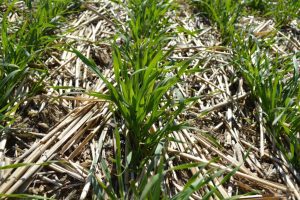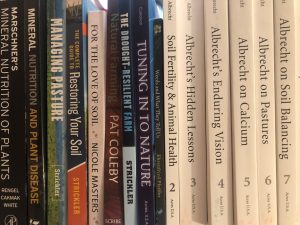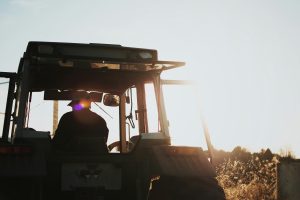Source: This post was originally published on BioCast

Happy (calendar) spring! Perfect time to talk about flowers – and how to boost flowering with Biocast!
Ever since we wrote the article on using Biocast as a foliar and I (Kirsty) did a bit of a dive into the natural plant growth hormones it contains; I’ve been looking at the garden a whole new way!
The role of growth hormones
Quick recap – earthworms produce plant growth stimulating hormones: auxins, gibberlins and cytokinins (and this is just the beginning, there’s up to 500 plant stimulating hormones). These assist in processes such as cell division, healing, stimulating fruit development and delaying senescence. When it comes to flowers, they work to support stem growth and strength, encourage bud formation, and help them last for longer!
In our free webinar recently, Lee shared the story of our first ever customer, a local cut flower grower, who experienced all these benefits on his gerberas and sim carnations! You can also check out their story here.
Yes, that means my choys have all bolted. But it also means there are HEAPS of flowers on my strawberries, and the lime tree at the end of the row that gets the leftover Biocast; and the pansies are looking glorious! I feel like I have the secret sauce and now want to go and get more plants, boost flowering with Biocast to have the most magnificent profusion of flowers.
Opportunities to boost flowering
Now as for those choys… ‘Tis season! Spring is here with its warmth, and the signals in the Biocast I applied have worked WITH the plant and the conditions to promote flowering.
At first I was bummed, because these are in our veggie patch and we wanted to eat them.
Then I realised how epic it is! Let’s face it, the choys were going to bolt anyway (though I do intend to do some trials on whether the Biocast brought this forward!). These are no piddly little flowers. These are full, magnificent blooms that add brightness and colour to our garden, and are covered in honey bees, native bees, hoverflys and other beneficial insects.
Beyond the veggie patch, brassicas are a wonderful, easy addition to a multi species mix (think turnip, forage brassica, canola or tillage radish). In the setting of a pasture, inter row, or even a conola crop, the benefits of Biocast really shine.
If you can encourage a high level of flowering, they really bring in those beneficial insects for you. Then, more flowers + plenty of pollinators = LOTS of seeds; a valuable resource for either harvesting or self-sowing next year. (Our experience with our garden choy in previous years has been loooootttts of seed.)
Because of the many other plant health supportive elements found naturally in Biocast, these seeds will be the best quality that the plant can produce under its environmental circumstances and have a great core microbiome (the microbes within the seed) to carry into your soil when it sprouts! This concept also extends to other flowering herbs and grasses!
Recommended application of Biocast to boost flowering
To get your plant off to the best start, apply Biocast as a seed dressing. This will aid establishment of the seed.
The next recommended application is a foliar within the first 6 weeks of the plant’s life, after the 3-leaf stage. This will ensure the young plant receives the right ‘signals for success’ as it heads into maturity.
Depending on the plant, especially if it’s perennial, you may wish to provide additional foliar applications in times of growth or stress.
If you have followed these steps and are managing your land for soil health, your plant is already well set to be healthy and flower well! To boost flowering with Biocast, apply a foliar to the plant prior to bud-set. Please note; foliar applications between flowering and fruit set are not recommended.
The post Boost flowering with Biocast appeared first on Biocast.


















